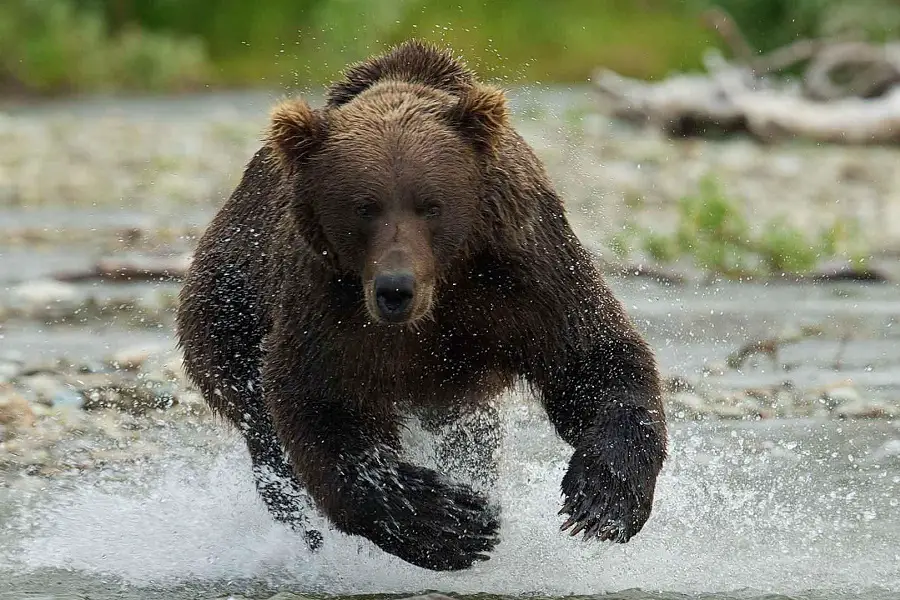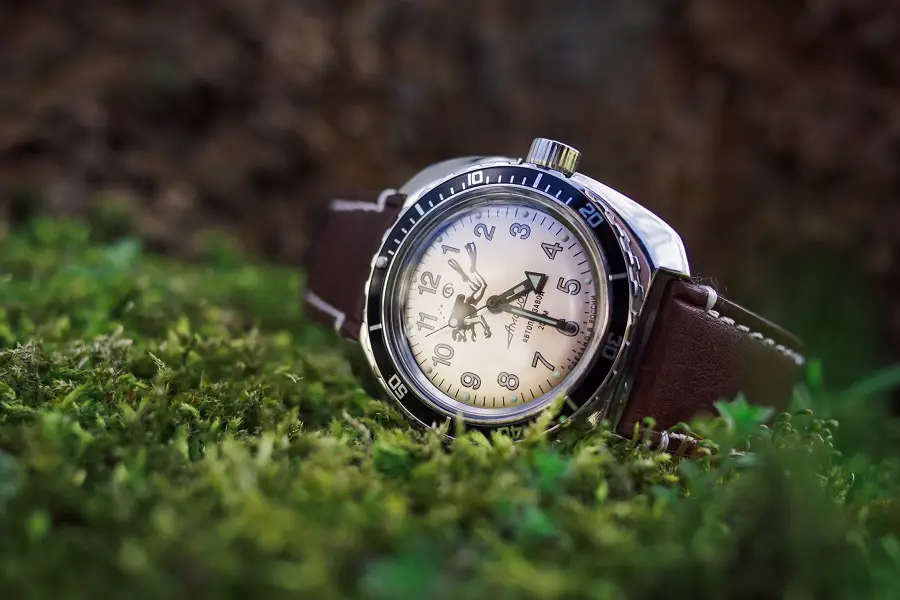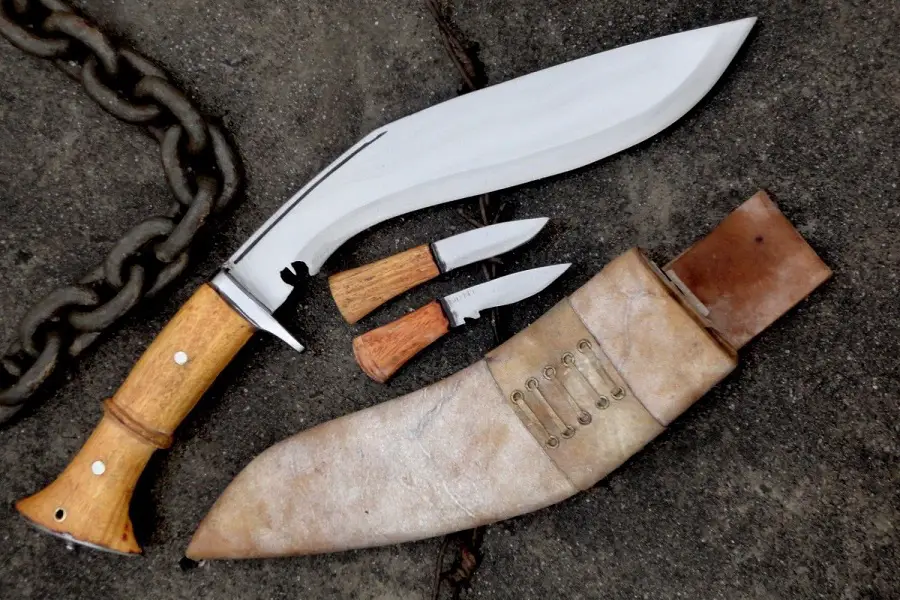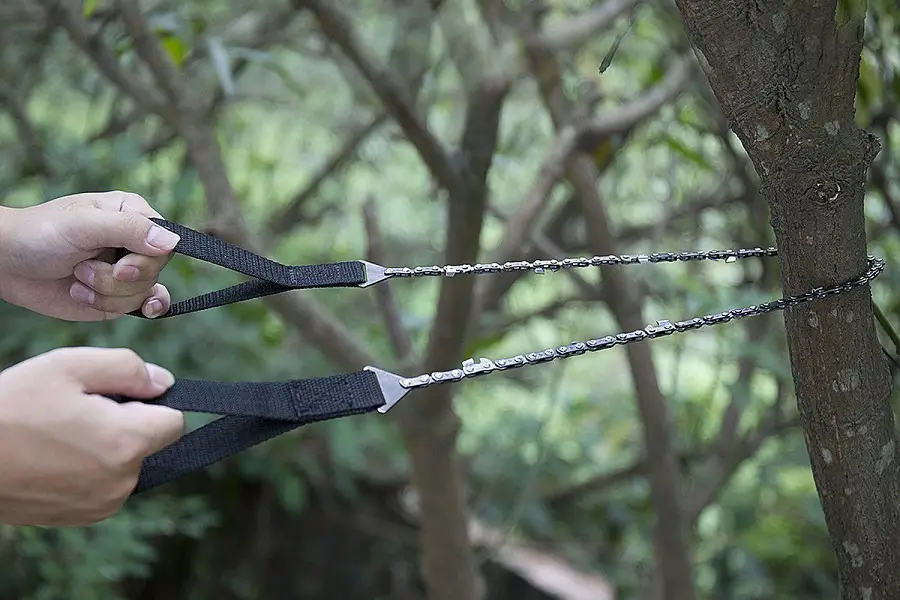Do you ever find yourself wondering, “Just how fast can a bear run?”
After all, bears are large and powerful animals that have been known to scare even the bravest of us. If you’re curious about this topic then look no further!
We’ll be discussing everything from bear anatomy and physiology to types of bears and their running speeds as well as tips for outrunning them in the wild (if necessary).
But before we do that let’s get one thing straight – if there is any chance whatsoever that you will encounter a bear in your outdoor adventures it is essential to take safety precautions.
So join us on our journey into understanding just how fast can a bear run?
Bear Anatomy and Physiology
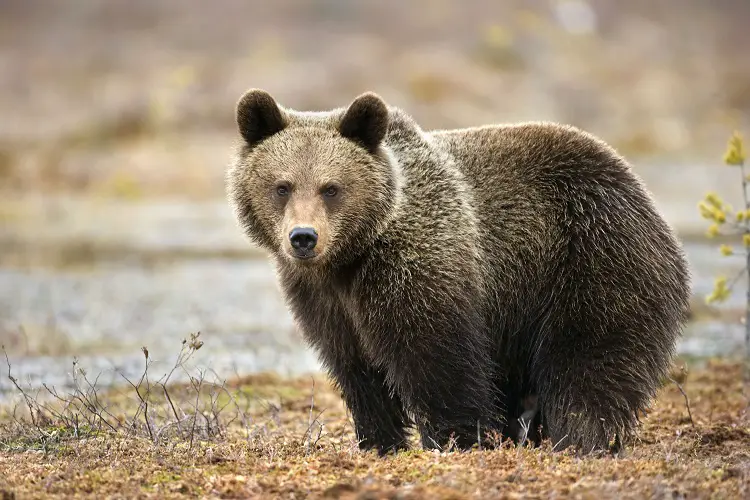
Bears are powerful animals that have evolved to become one of the most successful predators in the world. Their anatomy and physiology is complex, allowing them to move quickly and efficiently through their environment.
Body Structure
Bears are large mammals with a bulky body structure, typically ranging from 4-8 feet long depending on species.
They have short legs, thick fur coats, and a heavy head which helps balance their weight when running or climbing trees.
Their paws are equipped with sharp claws for digging and gripping onto surfaces while moving around.
Muscles and Movement
Bears have strong muscles throughout their bodies that help them move quickly over uneven terrain or up steep inclines.
They use these muscles to walk, run, climb trees, swim, dig burrows for shelter themselves during hibernation periods, and hunt prey in the wild. The strength of these muscles also allows bears to carry heavy objects such as logs or rocks without tiring easily.
Despite their size and bulkiness compared to other animals like deer or wolves, bears can still reach speeds of up to 35 miles per hour when running full speed.
This agility is due largely in part to their muscular build which gives them great acceleration capabilities even over rough terrain like rocky hillsides or dense forests where they often live in nature reserves across North America and Europe.
They possess incredible balance thanks to their wide paws which act as stabilizers while navigating difficult landscapes at high speeds.
How Fast Can a Bear Run?
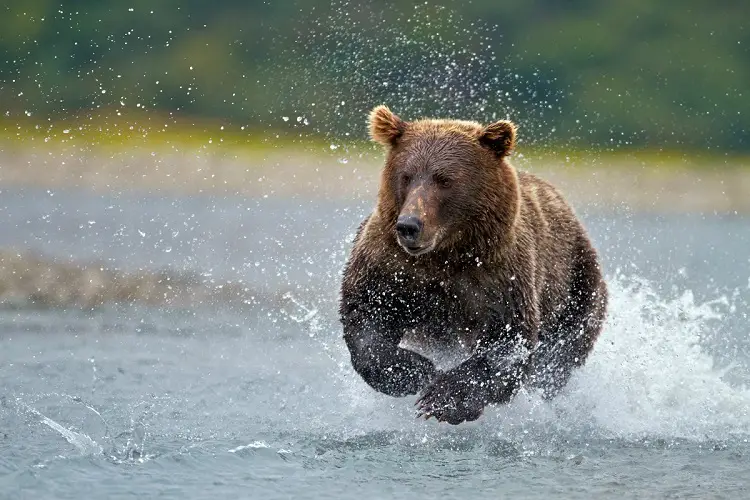
The average speed of a bear is around 30 miles per hour. However, this can vary depending on the type of bear and its environment.
For example, grizzly bears are known to be faster than black bears in open terrain due to their larger size and longer legs. Polar bears, which live in colder climates, have shorter legs but can still reach speeds up to 25 mph when running over snow or ice.
Factors affecting a bear’s speed include age, weight, and terrain. Younger bears tend to be more agile than older ones because they haven’t reached their full growth yet.
Heavier animals require more energy to move quickly while lighter animals may be able to accelerate faster but won’t maintain that same level of speed for long periods of time.
The type of terrain also plays an important role; a flat surface allows for greater acceleration whereas uneven ground will slow down the animal’s pace significantly.
When comparing a bear’s running speed with other animals, it is important to note that most mammals are capable of reaching higher top speeds than bears due to their smaller size and lighter weight.
Cheetahs can reach speeds up to 60 mph while horses can gallop at 40 mph or more over short distances – both much faster than any species of bear. Even deer have been recorded sprinting at 35 mph during short bursts, so they could easily outrun any kind of bear if necessary.
Bears can be incredibly fast runners, with some species being able to reach speeds of up to 35 miles per hour. However, the speed at which a bear runs depends on several factors such as its size and terrain.
Types of Bears and Their Running Speeds

Knowing the running speeds of different types of bears can help you plan your outdoor activities accordingly and give you an idea of what to expect if you ever find yourself in a situation where outrunning a bear is necessary.
Grizzly Bears
Grizzly bears are the largest species of bear in North America and can reach speeds up to 30 miles per hour.
They have a distinctive hump on their back, long claws, and a thick coat of fur that ranges from light brown to black.
Grizzlies typically live in mountainous areas with dense vegetation, but they can also be found in open meadows or along rivers.
Polar Bears
Polar bears are the world’s largest land carnivores and can run at speeds up to 25 miles per hour.
These powerful predators have white fur that helps them blend into their icy Arctic environment and sharp claws for gripping prey.
Polar bears usually hunt seals near sea ice but will sometimes venture onto land if food is scarce.
Black Bears
Black bears are smaller than grizzlies but still formidable creatures that can reach running speeds of 35 miles per hour when threatened or chasing prey.
These omnivores typically inhabit forests across North America where they feed on nuts, berries, insects, small mammals, fish, and carrion (dead animals).
Black bear coats range from dark brown to jet black depending on location and seasonality.
Brown Bears
Brown bears are closely related to grizzlies but tend to be larger in size with longer claws for digging out burrows or tearing apart logs for grubs and other insects.
They’re also incredibly fast runners who can sprint up to 40 miles per hour when necessary.
Brown bear coats vary widely between regions; some may appear reddish-brown while others look almost blonde due to their diet of salmon during summer months.
Asian black bears
Asian black bears are native to eastern Asia where they inhabit temperate forests at elevations ranging from sea level all the way up into alpine zones above 10 thousand feet.
This species has been known to reach running speeds of nearly 50 miles per hour when startled or chased by potential predators such as tigers or wolves.
Asian black bear coats vary between individuals; some may be completely black while others show patches of white around the muzzle area similar to American black bears living further westward across Eurasia.
Tips for Outrunning a Bear in the Wild
Being aware of your surroundings is key when it comes to outrunning a bear. Knowing what type of terrain you are in and the environment around you can help give you an edge if a bear were to chase after you.
Pay attention to the landscape, any obstacles that may be in your way, and any potential hiding spots or escape routes. Be sure to keep an eye out for signs of bears such as tracks, scat, or other evidence that they have been nearby.
Knowing your terrain is also important when trying to outrun a bear. If possible, try running on flat ground rather than up steep hills or through dense brush which could slow down your progress and make it easier for the bear to catch up with you.
Try staying away from areas where there might be more food sources like berry patches or streams as this could attract bears looking for a meal.
Using distractions can also help give yourself some extra time while trying to outrun a bear. Making loud noises such as yelling or banging rocks together can startle them and cause them to pause momentarily, giving you some much needed distance between yourself and the animal chasing after you.
Throwing objects at them such as sticks or stones can also work well, but remember not all bears will respond positively so use caution before doing so.
No matter how fast a bear can run, it’s important to remember that safety should always be your top priority.
Safety Tips for Encountering a Bear in the Wild
Encountering a bear in the wild can be an intimidating experience, but with the right knowledge and preparation, you can stay safe.
Make sure that there is enough space between you and the bear, and begin backing up slowly while still facing it directly without turning your back on it completely.
Keep talking in low tones so that they know where you are going but don’t shout or scream which could startle them into attacking out of fear or confusion.
As soon as there is enough distance between yourself and the animal, turn around quickly and walk away briskly but do not run; running may trigger their instinctual prey drive causing them to chase after you, which would put both parties in danger.
Keep Calm and Don’t Panic
The most important thing is to remain calm. Panicking will only make the situation worse.
Speak calmly and slowly back away from the bear while avoiding eye contact. Do not run or make sudden movements as this may trigger an attack from the animal.
Avoid Eye Contact
Bears interpret direct eye contact as a sign of aggression so it’s best to avoid making any sort of prolonged gaze at them.
If possible, try to look away or down at your feet when walking backward until you have reached a safe distance away from the animal.
Is It Possible To Outrun A Bear
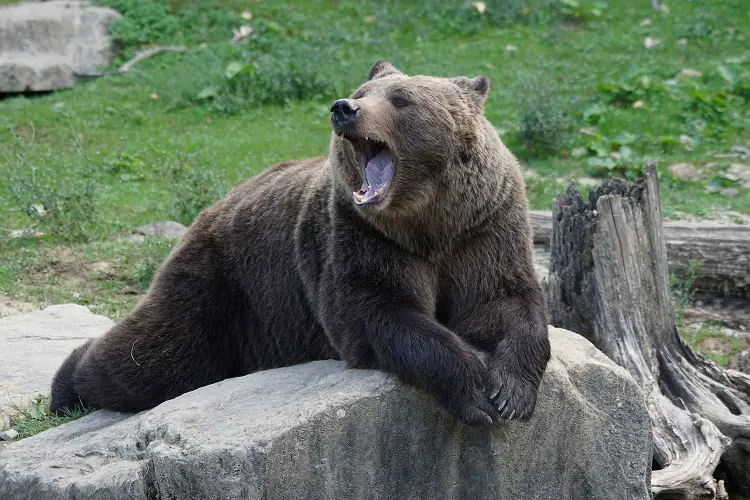
No, it is not possible to outrun a bear. Bears can reach speeds of up to 35 miles per hour, while the fastest human runners top out at around 28 mph.
Even if you are an experienced runner, chances are that a bear will still be able to catch up with you. The best way to avoid a bear attack is by making noise and avoiding sudden movements when in their presence.
If you do find yourself being chased by one, try zig-zagging or running downhill as bears have difficulty maneuvering on steep slopes.
Conclusion
Knowing how fast a bear can run is important for your safety if you ever encounter one in the wild. To outrun a bear, make sure you have an escape route planned out before encountering it and always keep in mind that they are faster than humans.
It’s also important to remember that all types of bears have different running speeds so be aware of what type of bear you may come across while exploring the great outdoors.
With this knowledge, we hope you feel more prepared and confident when embarking on your next adventure knowing exactly how “fast can a bear run”.
Resources:


